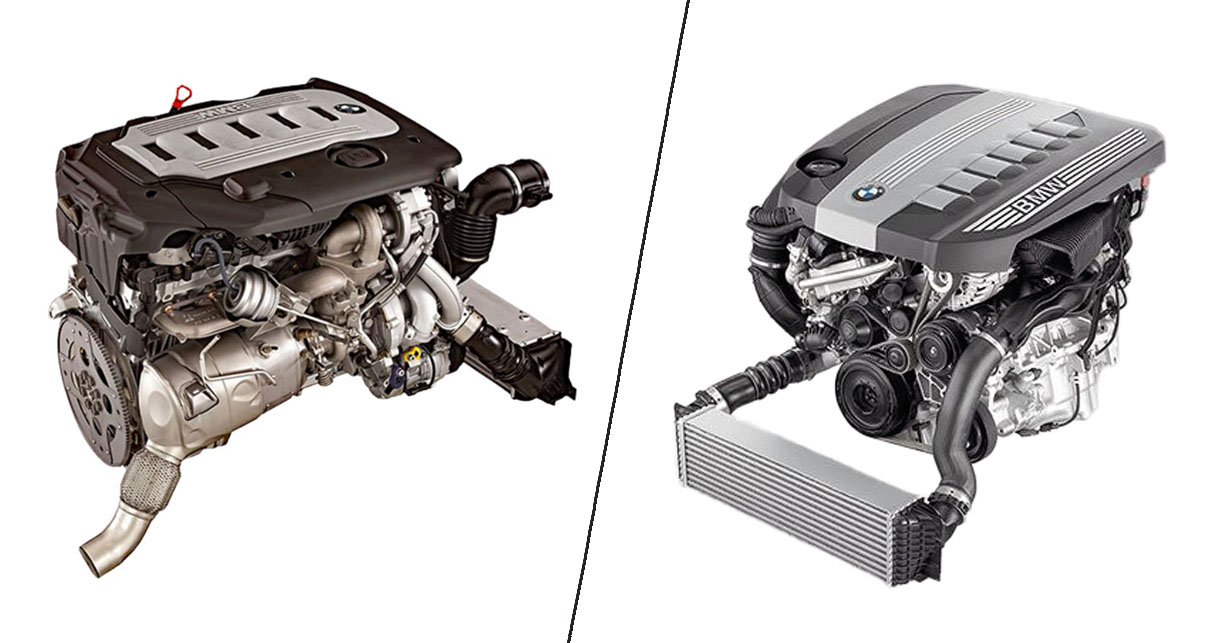When it comes to efficiency, longevity, highway driving, and low-end grunt, an inline-6 diesel engine is the right tool for the task. The BMW M57 and the BMW N57 are some of the most recent iterations of the inline-six diesel.
The BMW M57 is a straight-six diesel engine that was introduced back in 1998 and powered a lot of BMW diesels ranging from the 3 Series to the X5. In 2008 it was phased out by the comparatively more advanced N57 engine.
If you want to know more about how these two compare against each other, you’ve come to the right place as we are going to compare the BMW M57 vs N57 in terms of power, torque, versions, fuel efficiency, tuning, reliability and more.
BMW M57 vs. N57: Specifications
| BMW M57 | BMW N57 | |
|---|---|---|
| Horsepower | 148hp – 282hp | 201hp – 375hp |
| Torque | 221lb-ft – 428lb-ft | 331lb-ft – 546lb-ft |
| Configuration | Inline-6 | Inline-6 |
| Displacement | 2,497 cc, 2,926 cc, 2,993 c | 2,993 cc (182.6 cu in) |
| Turbocharger setup | Single-Turbo or Twin-turbo | Single, Twin-turbo, or Triple-Turbo |
| Compression Ratio | 16.5:1 – 18.0:1 | 16.5:1 |
| Redline | 4,750 RPM | 5,400 RPM |
BMW M57 vs. N57: Horsepower & Torque
The BMW M57 offers 148hp – 221lb-ft for the smaller displacement variants while top-spec 3.0L models offer 282hp – 428lb-ft. The M57 pushes maximum horsepower between 4,000 and 4,400rpm while maximum torque is available between 1,300rpm and 3,250rpm.
The N57 offers 201 hp between 4,000 RPM and 4,400 RPM while max torque is 331lb-ft between 1,500 RPM and 3,000 RPM. of torque for entry-level N57 variants while top-spec 50d variants offer 375hp and an impressive 546lb-ft of torque.
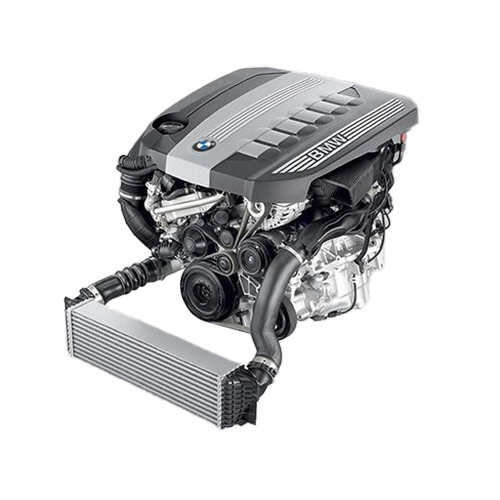
Maximum horsepower for the N57 is available between 4,000 RPM and 4,400 RPM while max torque is available between 1,500 RPM and 3000 RPM. As you can see, the N57 is more powerful in almost all variants, but its torque band is comparably narrower. This means that the N57 is not as diesel engine-feeling as the M57 is, considering its higher redline where it rivals certain small gasoline engines.
On the other hand, the BMW N57 offers even greater power figures. Entry-level N57 variants generate 201 horsepower and 331 lb-ft of torque, while the top-spec N57S variant reaches an impressive 375 horsepower and 546 lb-ft of torque. Maximum horsepower for the N57 can be found between 4,000 and 4,400 rpm, with peak torque available from 1,500 to 3,000 rpm.
It’s clear that the N57 outperforms the M57 in terms of power, although its torque band is comparatively narrower, providing a different driving experience. The redline on the N57 is also considerably higher than the redline of the M57, getting close to the redline of many gasoline engines.
BMW M57 vs. N57: Variations
M57
The BMW M57 is available in a few different variants which include both 2.5L and 3.0L variants, but for the sake of direct comparison, we are only going to list 3.0L variants. These go as follows:
- M57D30: The entry-level M57 3.0L variant, which offers between 181 and 190 horsepower and 288 to 302 lb-ft of torque. Equipped with a single Garrett GT2556V turbocharger, this variant was introduced in 1998.
- M57D30TÜ/TOP: The mid-spec M57 3.0L variant, delivering between 201-268 horsepower and 302-413 lb-ft of torque. Produced from 2002 to 2013, the M57D30TÜ model features a Garrett GT2260V turbocharger, while the M57D30TÜTOP utilizes a BorgWarner KP39 high-pressure turbocharged and a K26 low-pressure turbocharger.
- M57D30TÜ2/TOP: The top-spec M57 3.0L variant, offering between 194 horsepower (295 lb-ft of torque) and 282 horsepower (428 lb-ft of torque). Produced from 2005 to 2013, the M57D30TU2 employs a single Garrett GT2260VK turbocharger, while the M57D30TÜ2TOP combines the BorgWarner KP39 high-pressure and K26 low-pressure turbochargers.
N57
On the other hand, the BMW N57 is exclusively available with a 3.0L displacement, but it offers various stages of tune and different turbocharger setups, including:
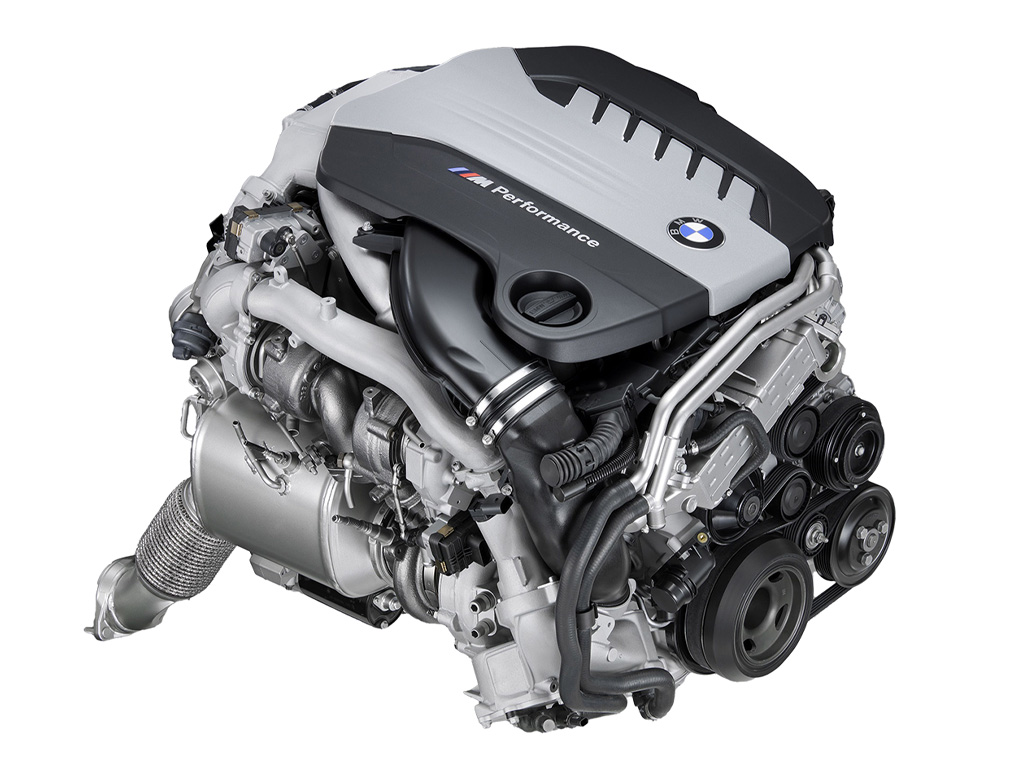
- N57D30U0/N57D30O0/N57D30O1 (Single Turbo): These N57 3.0L variants serve as entry-level models, generating between 201 horsepower (332 lb-ft of torque) and 255 horsepower (413 lb-ft of torque). Produced from 2008 to 2019, these variants feature either a single Garrett GTB2260VK or a single Garret GTB2056VZK turbocharger.
- N57D30T0/ N57D30T1 (Twin-Turbo): These two mid-spec N57 3.0L diesel engines offer significant power upgrades. The N57D30T0 delivers 302 horsepower and 443 lb-ft of torque, while the N57D30T1 provides 308 horsepower and 465 lb-ft of torque. These models, introduced in 2009 and 2011 respectively, are known for their twin-turbocharger setup featuring the BorgWarner K26 and BorgWarner BV40 turbochargers.
- N57S (Triple-Turbo): This high-performance 3.0L diesel engine boasts an impressive 375 horsepower and 546 lb-ft of torque. Produced from 2012 to 2018, the N57S incorporates a dual BorgWarner BV45 turbocharger and a single BorgWarner B2 turbocharger. The triple-turbo setup gives it exceptional power and performance.
BMW M57 vs. N57: Tuning & Modifications
While tuning diesel engines may not be as popular as tuning their gasoline counterparts, both the M57 and N57 engines have the potential for power upgrades. The M57 benefits from a larger tuning community and a vast number of aftermarket parts, making it easier to find the necessary information and components for modifications.
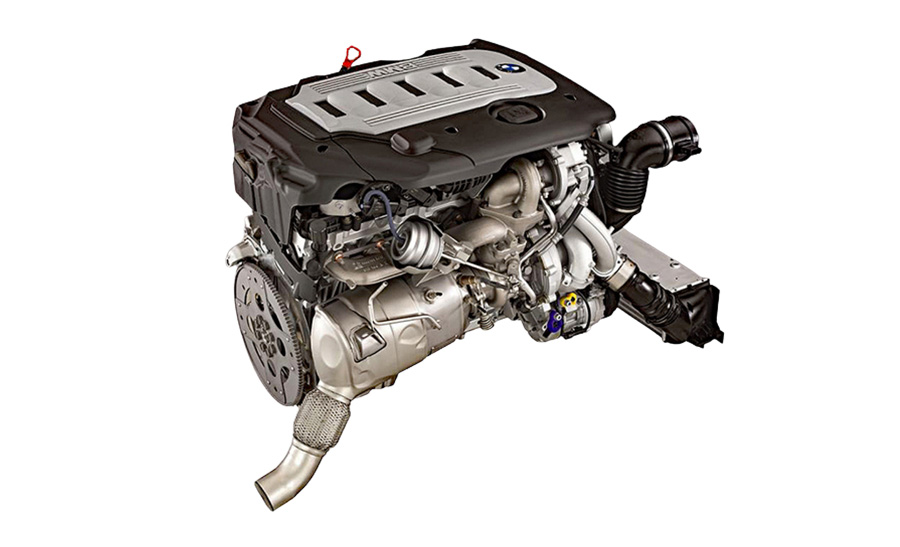
Common M57 Modifications:
- ECU remapping
- EGR removal
- DPF delete
- Upgraded boost pipe
- Turbo upgrade
- Improved fueling
Common N57 Modifications:
- ECU remapping
- Upgraded intercooler
- Improved fueling or meth injection
- EGR and DPF delete
- M550d fuel pump upgrade (for non-N57s variants)
- Hybrid turbo setup
- Less restrictive exhaust system
A highly modified M57 can reach close to 380 horsepower and 600 lb-ft of torque, and run reliably without major issues. This is a strong engine block capable of more than doubling its factory torque output. Going beyond that will require a turbo upgrade and improved fueling.
The tuning route for the N57 is similar, but you’ll have parts from the N57S you can retrofit into your N57. An ECU tune and an upgraded intercooler are the first steps for increased power, followed by EGR and DPF removal and improved fueling with the fuel pump from the M550d. A N57 can reach close to 400hp and 650 lb-ft of torque with these mods.
However, it’s important to note that removing the DPF filter or EGR system for power gains may be illegal in most countries, so it’s essential to adhere to local regulations.
BMW M57 vs. N57: Reliability & Maintenance
Reliability is a significant consideration for any engine. Both are strong and durable diesel workhorses but the M57 is more reliable than the N57, mainly due to its simpler emissions system and strong engine block.
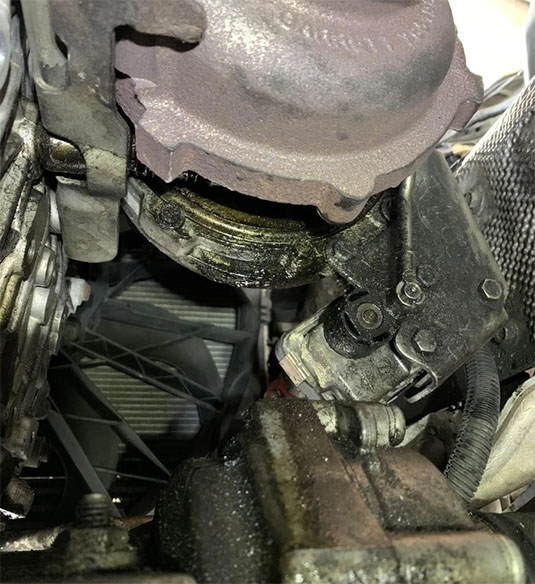
The most common M57 issues include EGR issues, a clogged DPF, turbo oil line leaks, failed thermostat, and a bad harmonic balancer. Most M57 issues involve parts of the emissions control system, such as EGR and DPF problems.
On the other hand, the N57 may experience challenges such as carbon buildup, timing chain issues, EGR system malfunctions, glow plug problems, swirl flap concerns, turbocharger problems, crankshaft pulley/damper issues, injector problems, and DPF/SCR/emissions-related problems. Additionally, there have been reports of fire-related issues with the N57 during extended high-speed driving.
We recommend opting for a well-maintained M57 is reliability is a must. While the N57 isn’t particularly difficult to maintain, the complexity of its emissions system is a downside.
For both engine is it highly recommended to bring on longer drives on highways, motorways, or outside of the city for the entire engine to come up to operating temperature and avoid soot and carbon buildup.
BMW M57 vs. N57: Fuel Efficiency & Emissions
Fuel efficiency is a crucial aspect of any engine comparison, and here the BMW N57 holds an advantage over the M57. The N57 emits less CO2, less NOx than the M57 as it is compliant with more recent emission regulations.
While the M57 complies with Euro-4 diesel standards, emitting less than 1g CO2 per km, the N57 meets the more stringent Euro-5 diesel requirements, emitting less than 0.5g CO2 per km. This improved efficiency translates into real-world benefits like reduced yearly renewal costs in certain jurisdictions. Both engines are equipped with Diesel Particulate Filters to further reduce emissions.
To get an idea of the improvement in fuel efficiency, the M57 equipped BMW E60 535d is rated at 22 MPG in the city, 37 MPG on the highway, and 29 MPG combined. On the other hand, an N57 equipped F10 BMW 535d is rated at 36 MPG in the city, 49 MPG on the highway, and 44 MPG combined.
While the real-world differences aren’t as drastic, but the N57 is much more fuel efficient than the relatively old M57.
BMW M57 vs. N57 Conclusion
In conclusion, both the BMW M57 and N57 engines offer impressive performance and characteristics for those seeking powerful diesel 6-cylinder engines. The M57 is renowned for its reliability, while the N57 provides enhanced power, fuel efficiency, and a more extensive tuning community.
In short, the BMW M57 tends to be more reliable, but it’s slightly less powerful, less fuel efficient, and produces more emissions. The N57 is a more modern engine and therefore has improved power and torque, and is more fuel efficient, but it isn’t as robust as the M57 in terms of long-term reliability.

